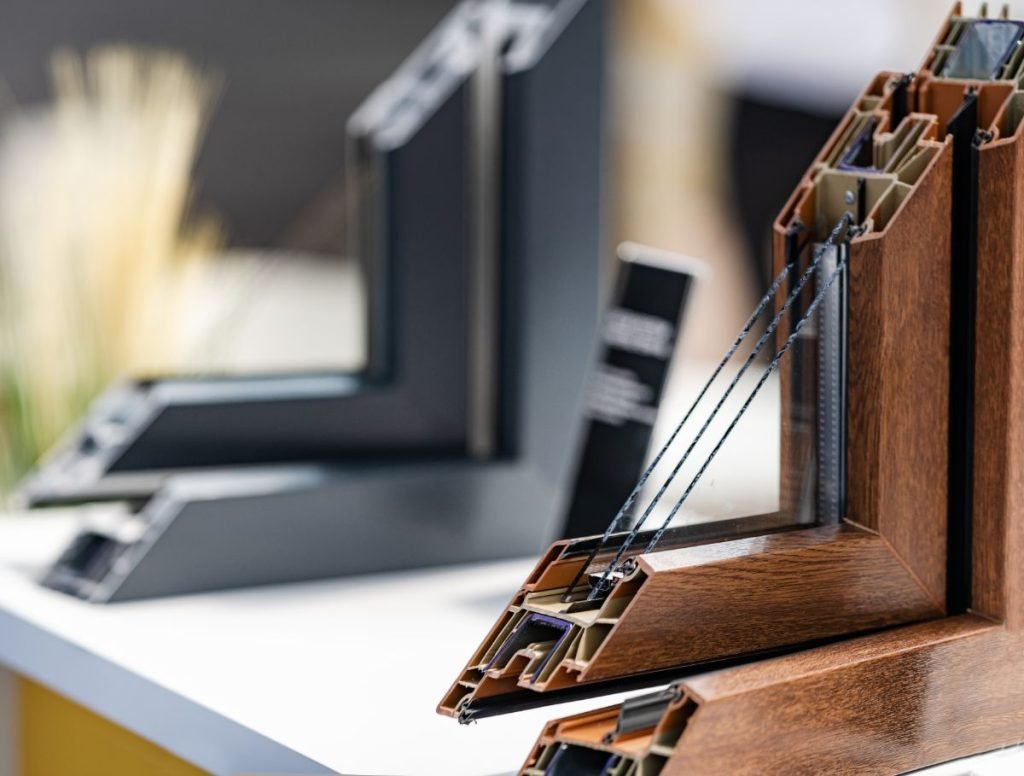Choosing the right windows for your home isn’t just a matter of aesthetics—it’s a decision that can impact energy efficiency, long-term maintenance, and even your comfort year-round. Among the most popular options today are UPVC and aluminum windows, each offering a distinct set of advantages.
UPVC windows are widely appreciated for their excellent insulation properties and minimal upkeep, making them a go-to choice for homeowners focused on practicality and cost-effectiveness. Aluminum windows, on the other hand, appeal to those with a taste for sleek, modern design and long-lasting performance, thanks to their strength and visual appeal.
So, how do you decide which one fits your needs best? Let’s explore the key differences to help you make a confident, well-informed choice.
Key Differences Between UPVC and Aluminum Windows
At a glance, UPVC and aluminum might seem like simply different materials—but their performance, durability, and visual impact vary in ways that could significantly influence your home.
UPVC (Unplasticized Polyvinyl Chloride) is a plastic material that excels in thermal efficiency and resists moisture and weather-related damage. Aluminum, a lightweight yet strong metal, brings modern styling and a structural advantage, particularly for larger or custom window designs.
Understanding how they differ in terms of energy performance, longevity, aesthetics, and maintenance is crucial before making your investment.
Benefits of UPVC Windows
UPVC windows are a favorite among homeowners for good reason. Here are some of their standout advantages:
- Superior Thermal Insulation: UPVC does an excellent job at reducing heat transfer, helping to maintain a stable indoor temperature.
- Low Maintenance: There’s no need to worry about rust or repainting. A quick clean now and then is usually enough.
- Noise Reduction: The material’s structure helps minimize outside noise, which is a huge plus in busy neighborhoods.
- Budget-Friendly: UPVC windows tend to be more affordable both in terms of upfront cost and long-term upkeep.
Benefits of Aluminum Windows
If you’re looking for something modern, sleek, and incredibly durable, aluminum windows might be your best bet. Key advantages include:
- Contemporary Look: Slim frames and wide glass panels give aluminum windows a clean, minimalist feel that complements modern architecture.
- High Strength: Aluminum’s structural integrity makes it ideal for larger windows or spaces exposed to high winds.
- Weather Resistance: These windows hold up exceptionally well in harsh conditions—no warping, cracking, or fading over time.
- Eco-Friendly: Aluminum is fully recyclable and has a smaller environmental footprint when processed efficiently.
Pro tip for manufacturers: achieving precise, clean cuts in aluminum frames is essential for a flawless finish—making reliable aluminum profile cutting machines a key part of the production process.
Energy Efficiency: UPVC vs Aluminum
UPVC is often the go-to choice for energy-conscious homeowners because of its excellent thermal insulation. The multi-chambered design of UPVC frames traps air and reduces heat transfer. Aluminum, historically less efficient, has made great strides thanks to thermal break technology, which adds insulating materials between internal and external aluminum layers. That said, UPVC still has a slight edge in colder climates.
Maintenance: What to Expect
Both materials are low-maintenance compared to wood, but there are some differences:
- UPVC: Needs only occasional cleaning with soap and water. No painting, sealing, or treating required.
- Aluminum: Also easy to care for, but powder-coated finishes may fade slightly over time, especially in harsh weather environments.
For window manufacturers and contractors, investing in quality aluminum cutting equipment is key to producing frames that maintain their appearance over time and reduce on-site fitting issues.
Aesthetics: Matching Your Home’s Style
Style matters—especially for exterior features like windows. If your home leans modern or minimalist, aluminum’s sleek profiles and slim lines are a natural fit. For more traditional or budget-conscious designs, UPVC provides a classic look with solid performance.
Aluminum frames also offer more flexibility in custom shapes and sizes, making them ideal for high-end homes and commercial spaces. When combined with precision cutting using aluminum profile cutting machines, the results are crisp, uniform, and high-quality.
Cost Comparison
Price is always a factor. Here’s how they compare:
- UPVC: Typically less expensive to produce and install. Great for homeowners looking for value without sacrificing performance.
- Aluminum: Higher upfront cost, but its longevity and strength can offset the price over time, especially in demanding environments or architectural projects.
In manufacturing, aluminum’s cost-efficiency improves significantly when you use advanced cutting and fabrication tools that reduce waste and speed up production—making high-volume projects more viable.
Environmental Considerations
If sustainability is part of your decision-making, aluminum is the clear winner. It’s fully recyclable and has a long lifecycle. UPVC can be recycled too, but its production process is less eco-friendly. That said, both materials offer long-term performance that reduces the need for frequent replacements, which is a plus in any green building strategy.
Conclusion: What’s Right for Your Home?
There’s no one-size-fits-all answer when it comes to UPVC vs aluminum windows. Each material has its strengths:
- Choose UPVC if you’re focused on energy efficiency, noise reduction, and budget.
- Go with aluminum if you want a sleek, modern design, high durability, and long-term value.
And if you’re in the window fabrication or construction business, the quality of your finished product will also depend on the tools you use—particularly when working with aluminum. Investing in a precision aluminum profile cutting machine ensures cleaner cuts, tighter joins, and smoother installations.
In the end, the best choice depends on your priorities—but with the right information and equipment, you can’t go wrong.

